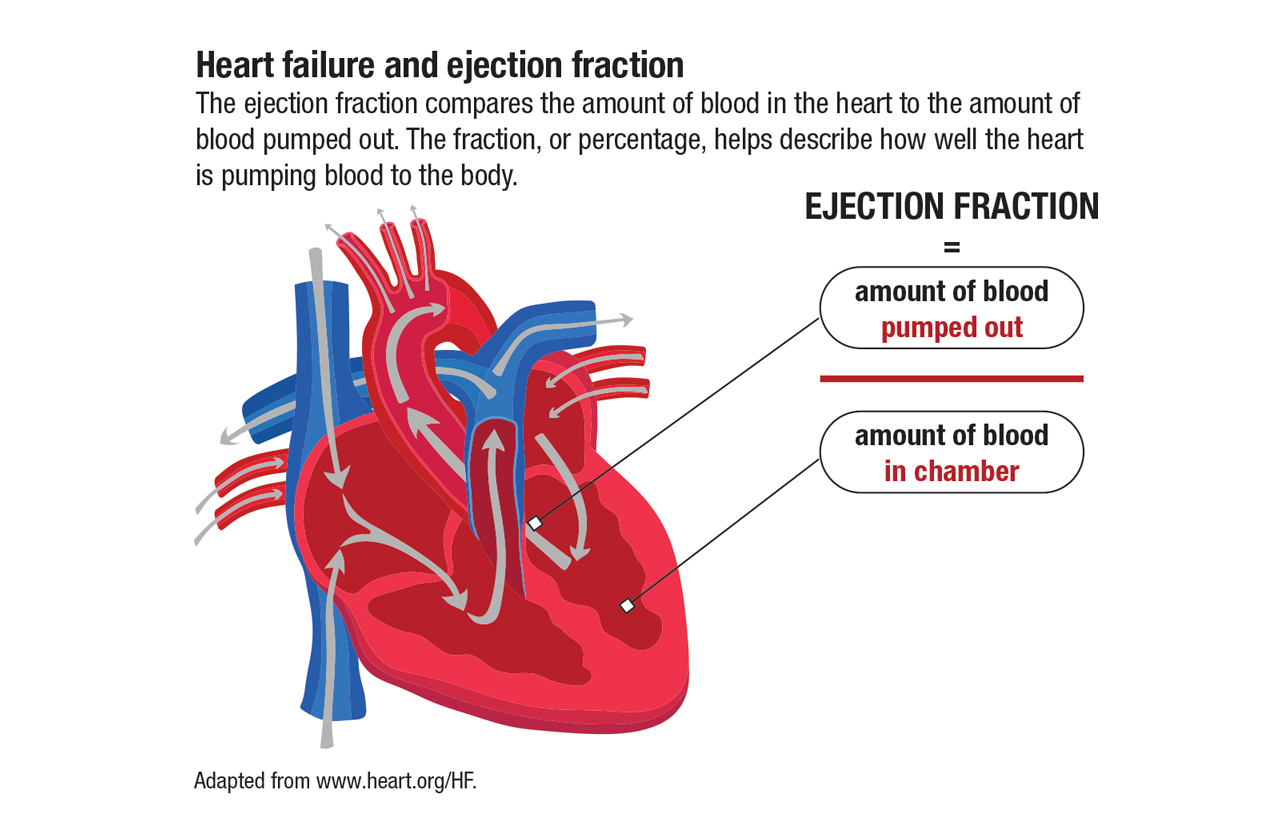Ariel L. Clark, PharmD

In the realm of CV conditions, treatment options that reduce hospitalizations are critical to providing care for patients with heart failure. CDC estimates that over 6 million Americans suffer from heart failure.
Treatment plans for patients with heart failure with preserved ejection fraction (HFpEF) are patient-specific and can be complicated by a number of factors. Previous studies into treatment options for HFpEF, including EMPEROR-preserved, showed that SGLT-2 inhibitors were an effective treatment option to reduce hospitalizations and even death when compared to placebo treatment. These results led the American Heart Association (AHA) to include treatment with SGLT-2 inhibitors into its 2022 guideline update.
New research by Riaz and colleagues, published in May 2023 in Pharmacotherapy, attempts to help practitioners understand the differences between the SGLT-2 inhibitors’ effectiveness so that they can make the best choice when designing treatment plans. Study authors were the first to investigate and summarize which of the SGLT-2 inhibitors resulted in fewer HFpEF- and non-HFpEF–related hospitalizations.
Study design and outcomes
Researchers from the University of Florida analyzed insurance claims data from commercial and Medicare payers from 2012 through 2020. They identified any patient whose insurance was billed for an outpatient claim related to HFpEF. Patients who had previous claims related to heart failure were excluded.
Claims data were narrowed further to those who were treated with canagliflozin, dapagliflozin, or empagliflozin after diagnosis and who remained enrolled in their health plan for at least an additional 6 months.
To ensure results were comparable between the SGLT-2 inhibitor cohorts, researchers adjusted for age, sex, coexisting conditions, and treatment for HFpEF with other drug classes, including ACE inhibitors and beta blockers. Using the claims data, researchers designed three cohorts for head-to-head comparison. Cohort 1 included dapagliflozin versus canaglifozin; cohort 2 included empagliflozin versus canagliflozin; and cohort 3 included dapagliflozin versus empagliflozin. Using the ICD-9/10 codes, investigators searched the data for two types of outcomes: first for HFpEF-related hospitalizations and then for hospitalization from any cause.
In the head-to-head comparisons, researchers found that empagliflozin resulted in nearly 50% less HFpEF-related hospitalizations than canagliflozin. Similarly, patients treated with dapagliflozin had 25% fewer HFpEF-related hospitalizations compared to canagliflozin, though these results were not statistically significant. And between empagliflozin and dapagliflozin, there were 50% more hospitalizations in those treated with dapagliflozin.
All-cause hospitalizations
To determine the difference in all-cause hospitalization rates, this study used the crude incident rates of all-cause hospitalization within each cohort. Investigators found hospitalizations occurred less in the dapagliflozin and empagliflozin treatment groups when compared to canagliflozin—by 16% and 18%, respectively.
Dapagliflozin treatment resulted in 5% more hospitalizations than treatment with empagliflozin, though this result was not statistically significant. Empagliflozin was more effective than dapagliflozin and canagliflozin in lowering HFpEF-related and all-cause hospitalizations.
The 2022 update to the AHA treatment guidelines and the results of this study show that management of HFpEF has advanced significantly. These results have the potential to empower practitioners with insights that can be translated into personalized care. It can also build a roadmap for future studies. ■